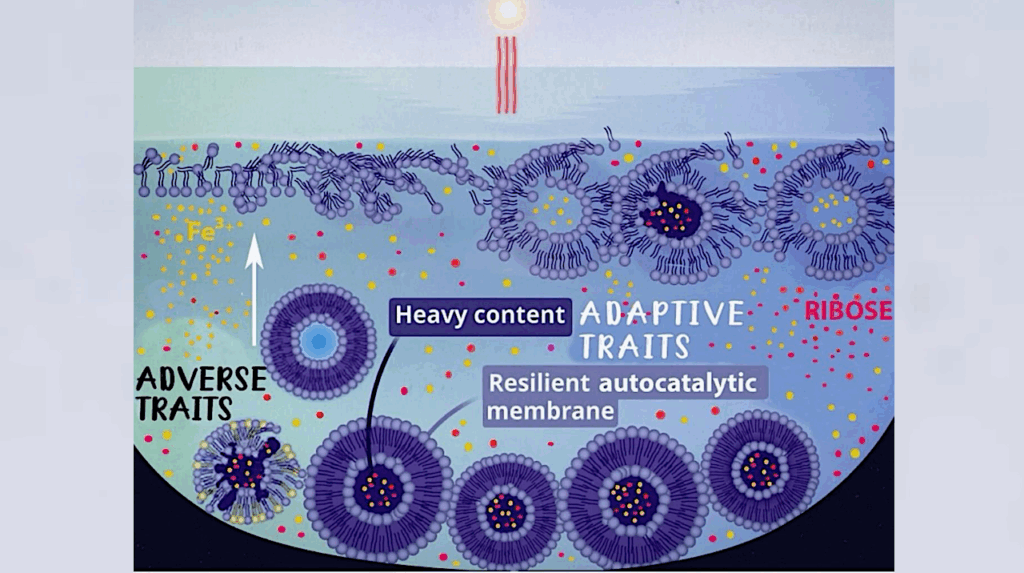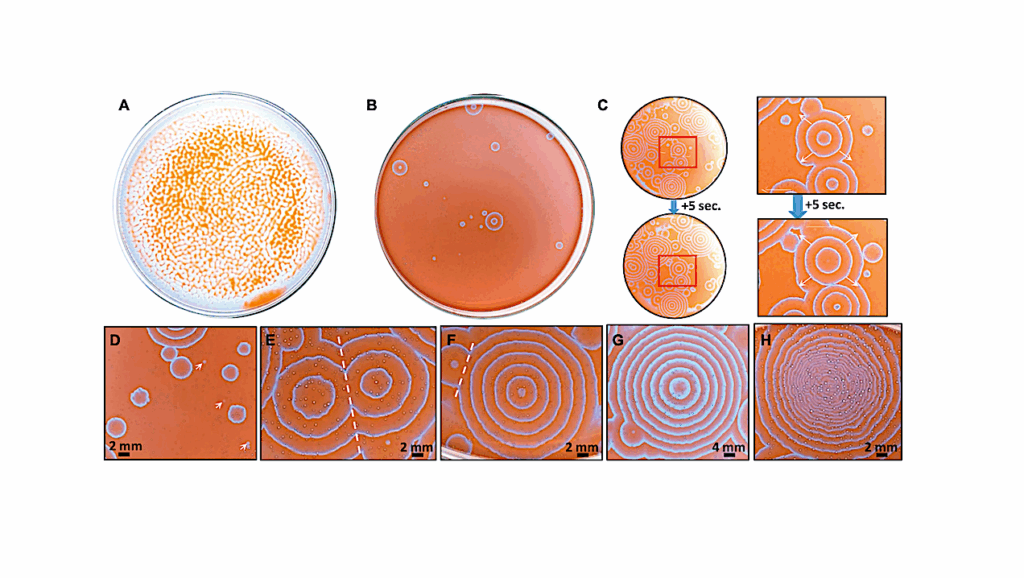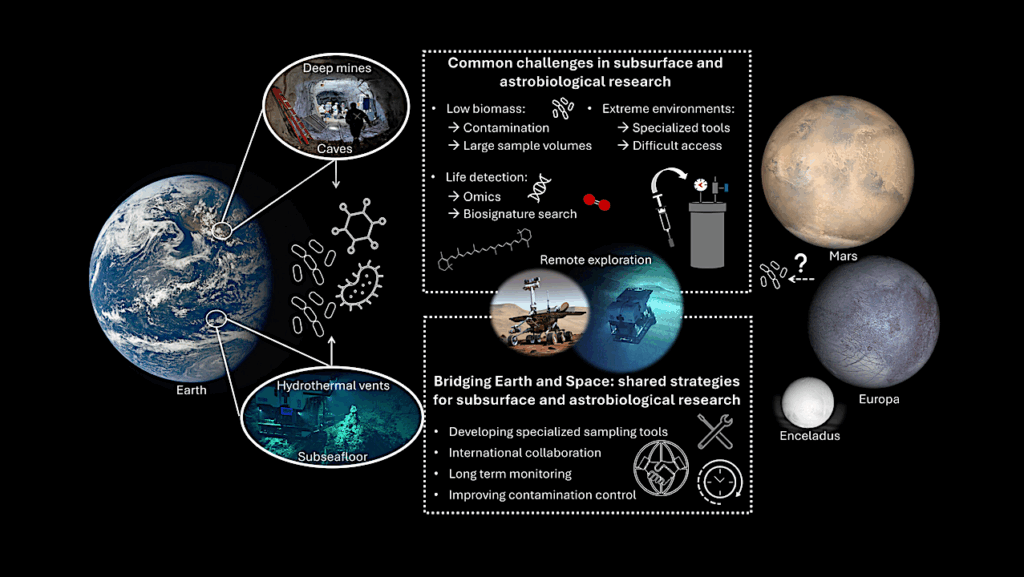A New Theory Of Life's Multiple Origins

The history of life on Earth has often been likened to a four-billion-year-old torch relay. One flame, lit at the beginning of the chain, continues to pass on life in the same form all the way down. But what if life is better understood on the analogy of the eye, a convergent organ that evolved from independent origins? What if life evolved not just once, but multiple times independently?
In a new paper, published in the Journal of Molecular Evolution, Santa Fe Institute researchers Chris Kempes and David Krakauer argue that in order to recognize life’s full range of forms, we must develop a new theoretical frame.
In their three-layered frame, Kempes and Krakauer call for researchers to consider, first, the full space of materials in which life could be possible; second, the constraints that limit the universe of possible life; and, third, the optimization processes that drive adaptation. In general, the framework considers life as adaptive information and adopts the analogy of computation to capture the processes central to life.
Several significant possibilities emerge when we consider life within the new framework. First, life originates multiple times — some apparent adaptations are actually “a new form of life, not just an adaptation,” explains Krakauer — and it takes a far broader range of forms than conventional definitions allow.
Culture, computation, and forests are all forms of life in this frame. As Kempes explains, “human culture lives on the material of minds, much like multicellular organisms live on the material of single-celled organisms.”
When researchers focus on the life traits of single organisms, they often neglect the extent to which organisms’ lives depend upon entire ecosystems as their fundamental material, and also ignore the ways that a life system may be more or less living. Within the Kempes-Krakauer framework, by contrast, another implication appears: life becomes a continuum rather than a binary phenomenon. In this vein, the authors point to a variety of recent efforts that quantitatively place life on a spectrum.
By taking a broader view of life’s principles, Kempes and Krakauer hope to generate more fertile theories for studying life. With clearer principles for finding life forms, and a new range of possible life forms that emerges from new principles, we’ll not only clarify what life is, explains Krakauer, we’ll also be better equipped “to build devices to find life,” to create it in labs, and to recognize to what degree the life we see is living.
Read the paper, “The Multiple Paths to Multiple Life,” in the Journal of Molecular Evolution (July 2021)
Astrobiology,








